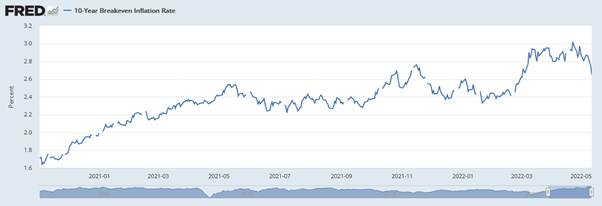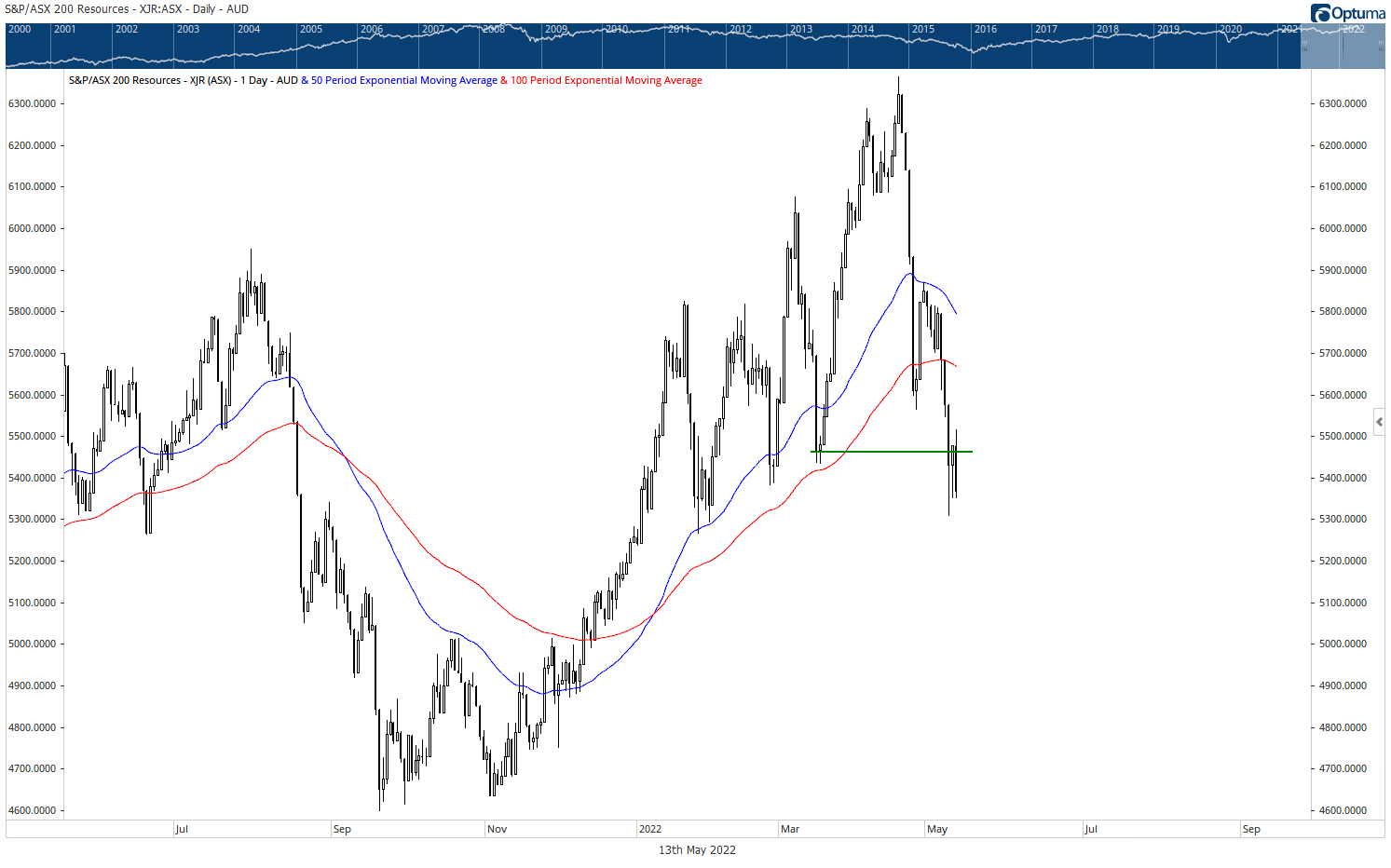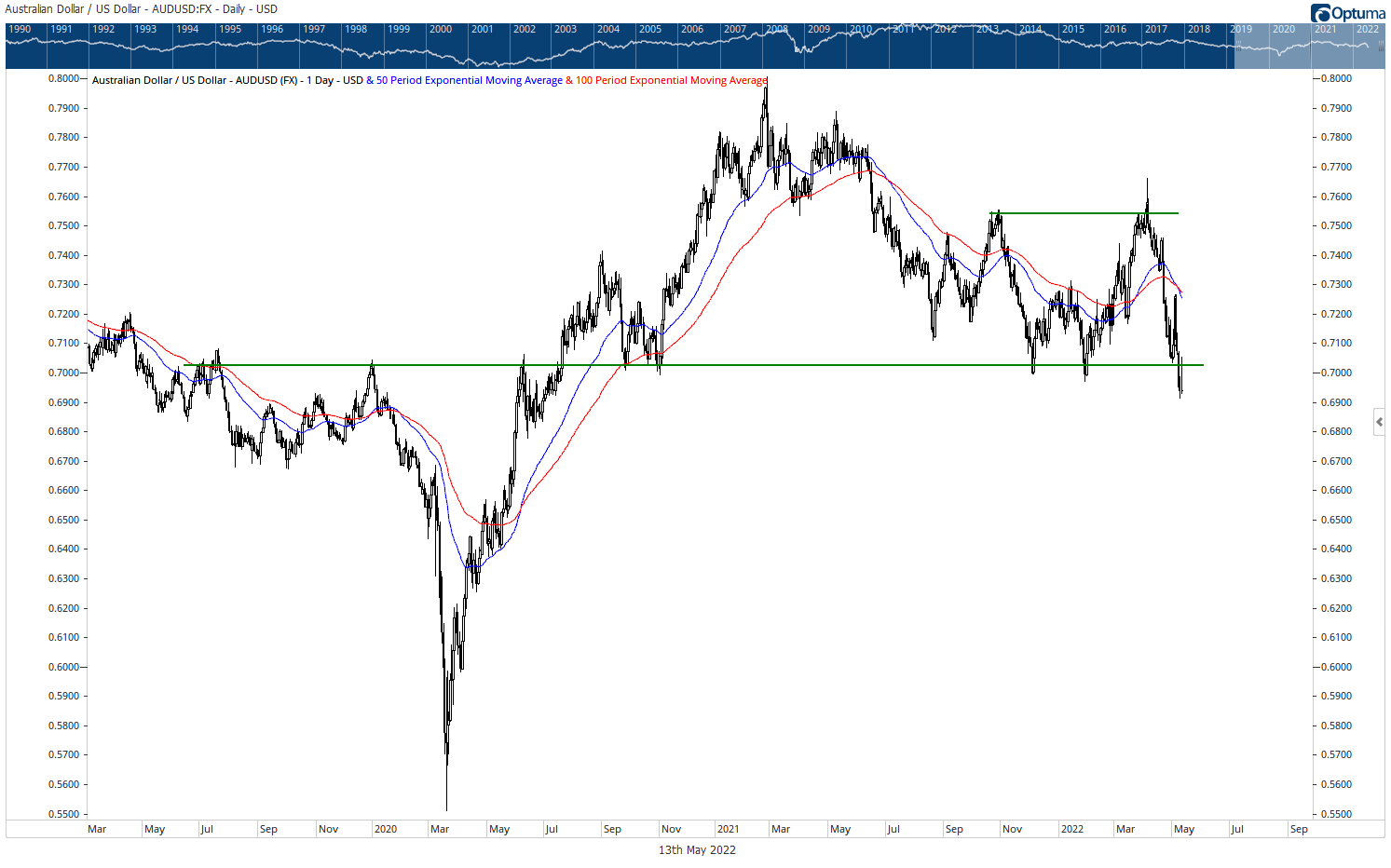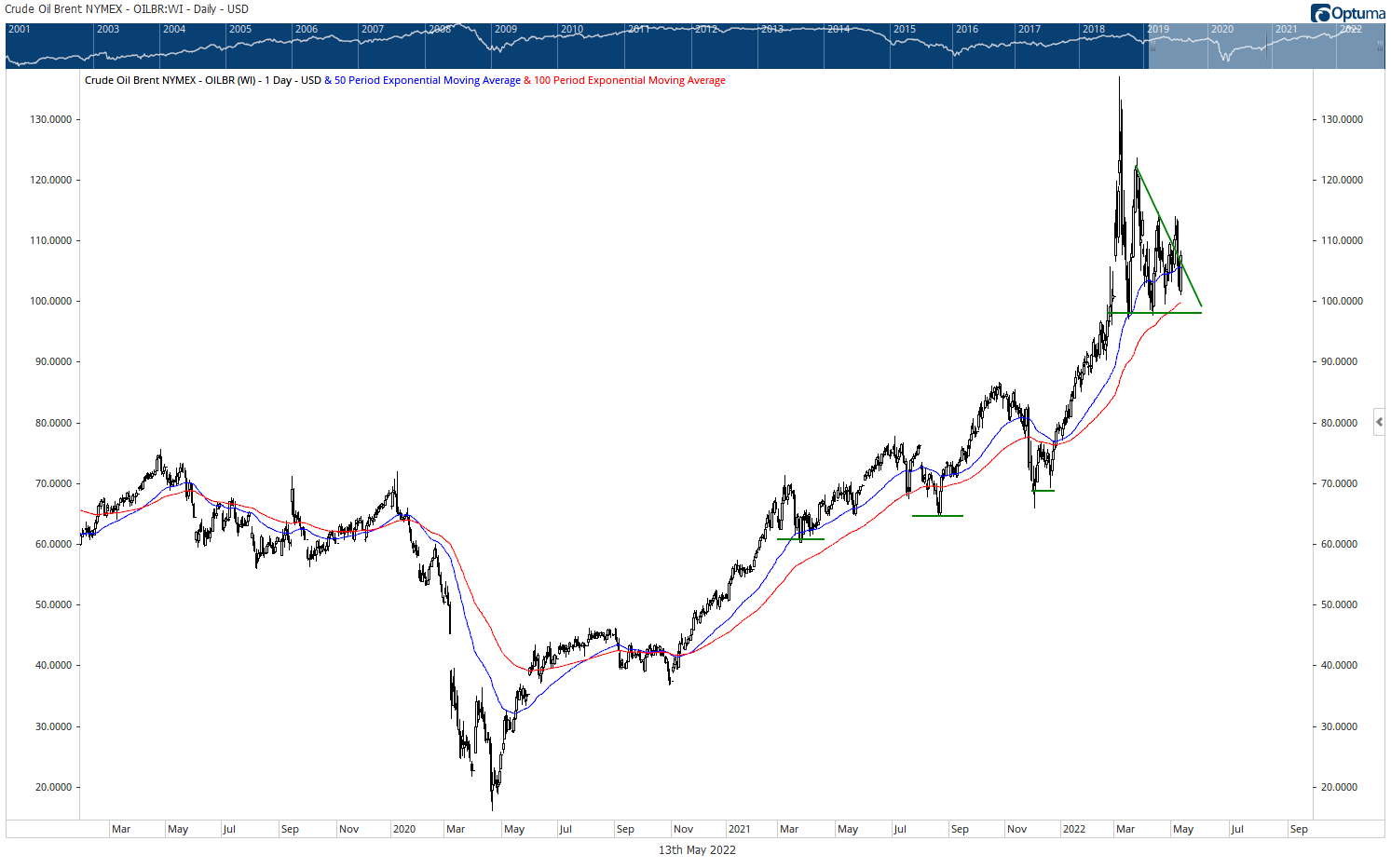Why peak inflation is bullish for stock markets
A few weeks ago, I wrote about ‘peak inflation’ and why bonds are the ‘most contrarian bet to make right now’.
In this wire, I want to explain why that’s increasingly looking like a good bet, and why it’s a good thing for markets. A return to low inflation will be bullish for asset prices.
Don’t get me wrong. This doesn’t mean the bear market is over just yet. And it doesn’t mean a return to strong economic growth or a healthy economic structure. The global economy will remain as screwed up and as financialised it’s ever been.
Which is why inflation is bad for the market. A highly financialised economy and asset markets don’t take too kindly to rising interest rates.
But falling inflation, or ‘disinflation’, on the other hand, is ‘good’.
So let’s have a look at some signs that inflation is in the rear-view mirror.
I know headline inflation around the world is very high right now and putting lots of pressure on household budgets. But financial markets are telling you much of this recent surge is transitory.
And yes, I know transitory is a ridiculed word these days. But that’s exactly what much of this inflation is.
The chart below shows the 10-year breakeven inflation rate. This is a market implied rate that tells you average US inflation expectations over the next 10 years.
The rate peaked at 3.02% on 21 April.
It’s now at 2.65%. That’s still high by recent historical standards. But it tells you the market thinks inflation pressures have peaked.

And with the Fed only at the start of its tightening phase, I would expect this rate to continue to trend lower this year.
Here’s some other evidence of waning inflation pressures (from a global perspective):
1. Commodities have peaked. The chart below shows the ASX200 Resources index. This is obviously dominated by the big iron ore miners. They have been strong over the past six months. But not anymore. This week, the index broke below its March low. A short term rally wouldn’t surprise, but it looks like the trend has turned to the downside.

2. Connected to this, the Aussie dollar is making new lows too. The Aussie is a barometer of global growth. And on this front, things aren’t looking too good. The currency is trading at its lowest level since July 2020 and looks like it’s broken important support around 70 US cents.

3. The other indication is that bond yield in the US have all come off their recent peaks. For example, the US 10-year bond was 3.2% at the start of the week and is trading at 2.86% now. It’s too early to say whether this is a pause in a rising trend, or a top is in. But combined with the other indicators I just mentioned, it suggests a peak could be in.
The big question mark in all this is the price of oil. It remains in an upward trend and the primary source of consumer price inflation.
So while oil prices remain in an uptrend, it’s difficult to say inflation has peaked. The chart of brent crude (the international oil price benchmark) suggests we’ll find out which way oil will go in the weeks ahead.
It’s been consolidating that big spike higher (thanks to the Russia/Ukraine war) for a few months now. Support is around US$98. A break below there will tell you the inflation narrative is all over.

Thanks to ongoing Fed tightening, I expect that will be the short term outcome. Although I’d be a buyer of energy on a deeper correction.
How much will the Fed tighten?
Speaking of the Fed, here’s what I find interesting. During the last tightening cycle, the Fed took its Funds rate (the cash rate) from 0.12% in late 2015 to a peak of around 2.4% in early 2019.
During that time, the S&P500 corrected a few times, but it was in a bullish trend. From the January 2016 low to the March 2020 high, the S&P500 increased more than 85%.
Rate rises coincided with an expanding economy and stocks went on a bull run.
It was only when these rate rises combined with ‘quantitative tightening’ (shrinking of the Fed’s balance sheet by selling bonds) that the market crashed momentarily. From October to December 2018 the S&P500 fell 20%. The Fed quickly abandoned both QT and its promise to keep raising the funds rate.
This promise of monetary support saw the S&P500 surge around 45% from the December 2018 low to the March 2020 high.
But this time around, the market peaked before the tightening cycle even started. The NASDAQ is down around 30% on an increase of just 75 basis points in the Fed funds rate, and QT is still a month away from kicking in!
Will they even start QT this time around?
Or if they do, how long will it be before the policy is abandoned?
Which is where ‘peak inflation’ and a return to the bull market comes into it.
Because once the Fed realizes it has inflation under control, it will stop tightening. Bonds yields will fall sharply and asset prices will start rising again.
I don’t know when this will happen. But paradoxically, the more the Fed raises, the closer it gets to cutting again and turning on the monetary taps.
My rough guess is that it will continue to raise rates by 50 basis points at its next two meetings – in mid-June and late July. By the September meeting, things might be very different.
So expect this bear market to drag on for another few months at least. But keep an eye on bond yields and leading indicators of inflation. If you see these continuing to turn down, it will just be a matter of time before the Fed reacts.
It will change from being an inflation fighter to a growth promoter.
And that will be bullish for asset prices, no matter what the bears predict.
2 topics

